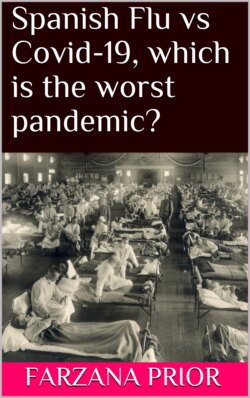Читать книгу Spanish Flu vs Covid-19, which is the worst pandemic? - Farzana Prior - Страница 9
ОглавлениеPublic Health Response Time (PHRT) reflects the time (in days) the city took to implement lockdown measures in relation to excess mortality occurring in the city. This figure can be a positive or negative number. If it is a positive number, the city implemented the lockdown measures after the death rate began to accelerate in the city. If the figure is negative, then the city implemented the lockdown measures early, before the weekly death rates began to accelerate.
New York City reacted quickly to the Spanish Flu pandemic by implementing sustained and rigidly applied compulsory isolation and quarantine methods, at the beginning of September, 1918, and included enforced staggered business hours, to avoid rush hour crowding, from October 5th 1918 till November 3rd 1918. Schools and theatres remained open in New York, though under strict regulations. Anti-spitting measures were also in place, through education as well as through misdemeanour fines.
During the period of the pandemic, New York City became known internationally for innovation with regards to mandatory case reporting, and for rigidly enforcing isolation and quarantine methods. Sick individuals were isolated in hospitals and makeshift facilities. And those that were exposed, but not showing symptoms, were quarantined in their homes with official placards declaring the site a quarantine location. With these early and sustained interventions, New York City experienced the lowest total excess death rate on the east coast over the 24-week analysis period, as is reflected in the 452 deaths per 100 000 population.
